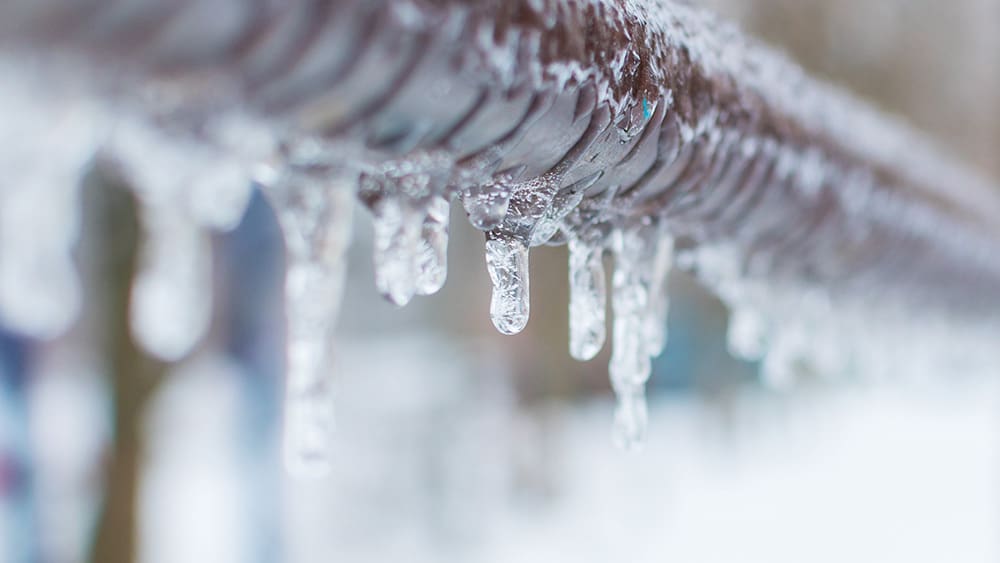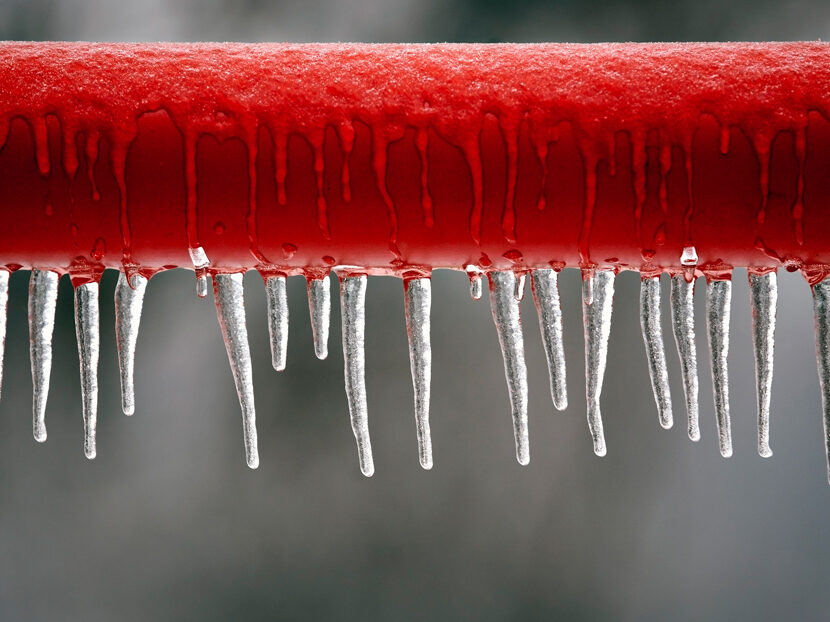Handling a Frozen AC Pipe: Effective Methods
Handling a Frozen AC Pipe: Effective Methods
Blog Article
How do you feel when it comes to Why Is Ice On My Outside Air Conditione?

Intro
Finding that your AC pipe is iced up can be worrying, especially during hot summer months when you rely on your ac system one of the most. Understanding what to do in such a scenario is vital to prevent further damage to your cooling system and guarantee your convenience inside your home.
Comprehending the Causes
A number of aspects can contribute to the freezing of an air conditioner pipeline. Comprehending these causes can help you resolve the concern properly.
Absence of Airflow
One common source of a frozen a/c pipeline is inadequate air flow. When the airflow over the evaporator coil is limited, it can trigger the coil to drop below freezing temperature level, causing ice formation on the pipe.
Low Refrigerant Levels
Insufficient cooling agent levels in your air conditioner system can likewise cause a frozen pipeline. Low cooling agent levels can create the pressure in the system to go down, bring about the freezing of wetness on the evaporator coil.
Winter Conditions
In chillier environments, freezing temperature levels outside can contribute to the cold of AC pipes. If your a/c system is not correctly insulated or if there are leaks in the ductwork, chilly air can penetrate the system, triggering the pipeline to ice up.
Dirty Air Filters
Filthy or stopped up air filters can limit air movement in your air conditioner system, bring about numerous concerns, consisting of an icy pipeline. It's vital to change or cleanse your air filters frequently to guarantee proper airflow and protect against ice accumulation.
Signs of a Frozen A/c Pipe
Identifying the indicators of an icy AC pipeline is critical for punctual action.
Minimized Airflow
If you notice a substantial decline in air movement from your vents, it can indicate an icy pipe.
Ice Buildup on the Pipe
Noticeable ice accumulation on the refrigerant line or the evaporator coil is a clear indication of a frozen AC pipeline.
Strange Sounds from the Unit
Uncommon noises, such as hissing or gurgling, originating from your AC unit can signal that there's ice existing on the pipeline.
Immediate Actions to Take
When confronted with an icy a/c pipeline, it's important to act promptly to prevent further damage to your cooling system.
Switching off the air conditioner
The first step is to turn off your ac unit to stop the system from running and aggravating the problem.
Checking for Blockages
Examine the area around the interior system for any blockages that may be obstructing air movement, such as furniture or curtains.
Thawing the Pipe
You can make use of mild approaches like putting towels soaked in cozy water around the frozen pipeline to help thaw it slowly.
Safety nets
Taking preventive measures can help stay clear of future occurrences of a frozen air conditioning pipe.
When DIY Methods Fail
If your attempts to thaw the pipeline or address other concerns are not successful, it's time to hire a professional.
Significance of Hiring a Professional HVAC Technician
A licensed HVAC technician has the proficiency and tools necessary to diagnose and repair issues with your AC system securely and efficiently.
Regular Maintenance Checks
Arrange normal upkeep consult an expert HVAC professional to ensure that your AC system is running successfully.
Transforming Air Filters
Regularly change or cleanse your air filters to prevent air movement constraints and preserve optimal efficiency.
Protecting Exposed Pipes
If your air conditioner pipelines are exposed to cool temperatures, consider insulating them to avoid freezing throughout winter months.
Looking For Professional Help
If DIY techniques fall short to deal with the concern or if you're unsure regarding exactly how to continue, it's best to seek support from a certified HVAC technician.
Final thought
Managing a frozen a/c pipeline can be a frustrating experience, however knowing how to react can assist minimize damages and recover comfort to your home. By comprehending the reasons, acknowledging the indications, and taking timely activity, you can properly address the concern and stop future events.
Frozen AC Line: Why It Happens & What To Do About It
A frozen AC line can be a rather peculiar sight in a place like Phoenix, Arizona where nothing ever freezes. In this post, we’ll discuss what makes an air conditioner line frozen – and what you can do about it.
Dirty Air Filters
Did you know that you should be cleaning or replacing your air filters on a monthly basis? Failing to do this can result in airflow issues that, in turn, cause your evaporator coils and lines to freeze over. You’ll notice a buildup of ice on both components, although the buildup on your pipes will, of course, be more evident unless you open your air condition up to reveal the coils.
What To Do About It
Give your air filter a good cleaning if it’s reusable. If not, replace the filter outright. Next, switch your air conditioner’s fan setting on and leave it there for 2-3 hours. This will draw warm air in, helping to thaw your evaporator coil. You can also check out this article for some tips on cleaning the coils themselves if you’d like to speed the process up. Before you switch the unit back to its normal state, make sure the supply vents are completely unobstructed and free of dust or other debris.
If you keep having this issue even after replacing your filters regularly, contact a local HVAC repair company and have them inspect your evaporator coil, ductwork, and any other components that may be at fault. If you live in the Phoenix, Arizona area, give American Home Water and Air a call.
Low Refrigerant Levels/Leakage
What To Do About It
Contrary to what air conditioner “recharge” companies often tell their clients about refrigerant, it should never need to be simply refilled. You see, refrigerant runs in what experts refer to as a “closed loop.” Refrigerant really shouldn’t be leaving that loop. If it is, you’ve got a leak.
Paying someone to come and pump more refrigerant into your system (aka “recharge” it) isn’t the solution. Doing that will simply kick the can down the road. Besides, refrigerant leaks can be harmful to the environment and people in your home.
Rather, you need to take care of the leak with the help of a technician. Check out this article for some more information about dealing with air conditioners that are leaking refrigerant. Before you contact a technician, switch your thermostat to the off position. Then, switch the fan setting on and let it run for 2-3 hours so the unit can thaw.
Improper Temperature Setting
Improper temperature settings can also cause a drop in your air conditioner’s pressure. What many people don’t realize is that air conditioners are actually designed to run when temperatures have fallen above roughly 60 degrees Fahrenheit. If you run the unit when it’s cold outside, you’ll run into many issues, including frozen components.

Do you like reading up on Air Conditioner Frozen? How To Fix your Frozen AC Line? Give a short review below. We will be pleased to find out your opinion about this post. Hoping that you come back again in the near future. Don't hesitate to set aside a second to share this blog entry if you appreciated it. We thank you for reading our article about Why Is Ice On My Outside Air Conditione.
Visit Our Website Report this page